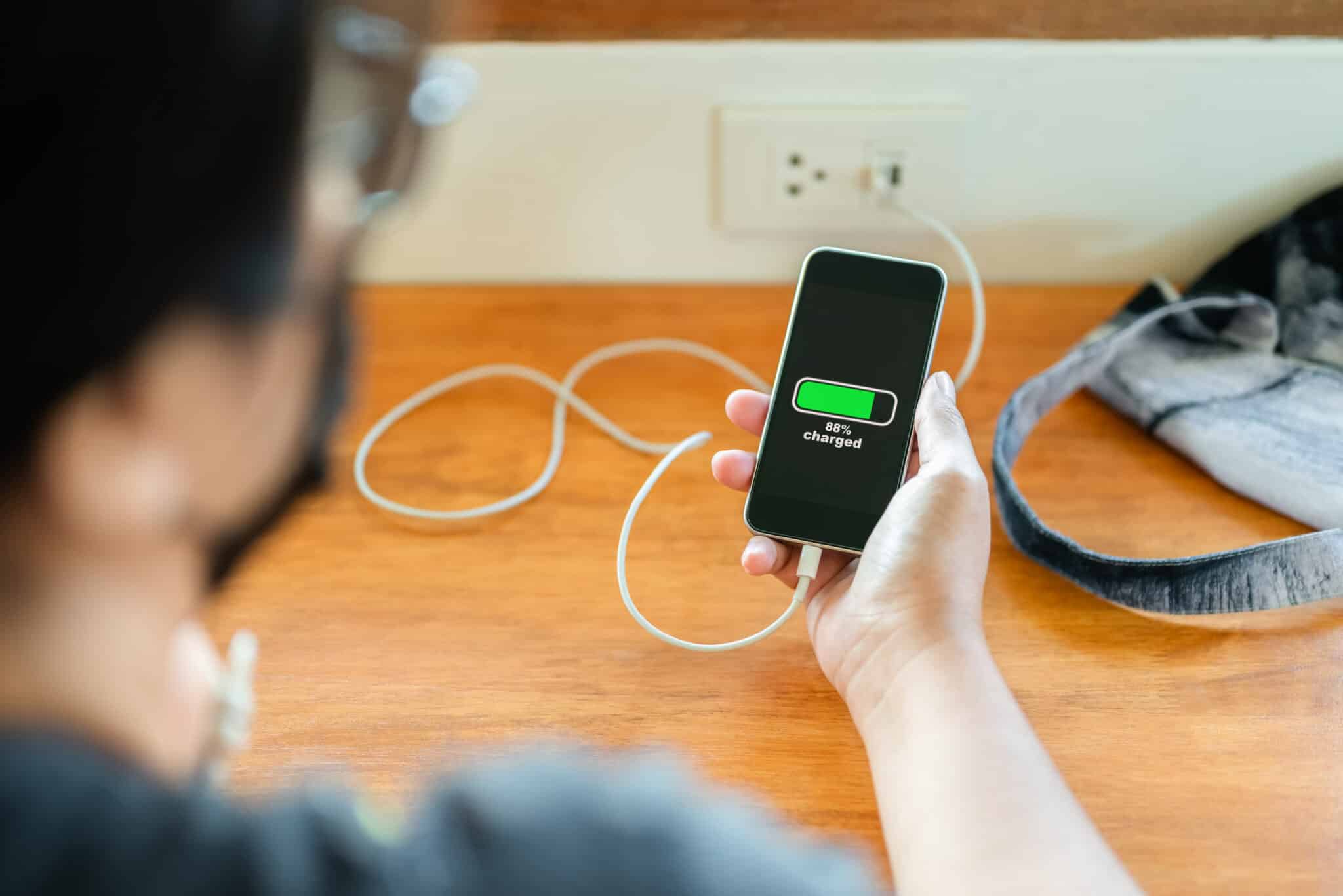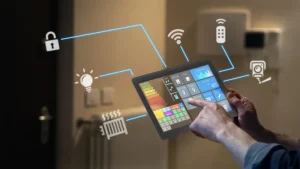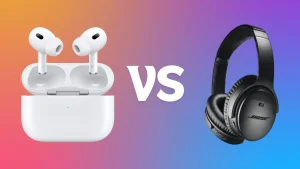Communications, photography, navigation, and entertainment are conveniently condensed all within easy reach of a smartphone, which makes it almost indispensable to us. However, it is inevitable that the more you utilize your smart device, the faster its battery discharges. Preserving battery life can be crucial while traveling or in places where charging your phone is not practical. Here are a few tips that can be helpful to maximize the battery life during such circumstances.
Lower Display Brightness
The screen consumes a lot of battery, even more so when the brightness is set to maximum. To save battery, one could enable adaptive brightness, or simply reducing the display brightness to lower levels. In addition, lowering the brightness in darker environments can extend battery life significantly.
Close Background Apps That Aren’t Needed
Numerous applications are used simultaneously and continue to run after you have closed them. Doing this uses a lot of battery without you even realizing it. By shutting down these apps, you will be able to use up less battery. On Android and iOS devices, you have the ability to swipe closed these apps from the app switcher or settings. You should also scan through your settings to stop any unnecessary apps from running in the background. Also, you can check the battery usage from your settings and look for apps that are using way more battery than they should.
Turn Off Location Services
Constantly using GPS-enabled services wastes a lot of battery power. Social media and mapping apps are the two biggest culprits when it comes to this. While it can be very beneficial to leave these services on, disabling them will conserve more battery life. It is also possible to customize these settings on your phone so that specific apps can only access you location when you give them permission.
Enable Power Saving Mode
Power-saving modes or battery-saving features exist on virtually all smartphones and help maximize battery life by limiting the background processes and reducing performance. Power saving modes usually lower screen brightness, disable non-essential features such as animation and app usage, and turn off background activities. It is beneficial to enable power-saving mode at times when you’re not intensely using your phone, like during travel or meetings. This helps extend battery life quite considerably.
Disable Push Notifications
Every app has the option to prompt you of new activities through push notifications. By default, these notifications are set to be active as they do, unfortunately, lead to excess battery consumption due to the phone constantly checking for updates. For instance, you can save battery by disabling notifications altogether, or at the very least set them to manual. Instead of the phone instantly pushing every email or message to the phone, you can set your phone to check for new messages every thirty minutes or an hour instead.
Manage Connectivity Settings
Some features of connectivity like Bluetooth, mobile data, Wi-Fi, etc can drain your battery when turned on without reason. For instance, switching off Bluetooth when ‘not in use,’ disabling Wi-Fi when out of range of any network, or switching to Airplane mode when one is ‘not’ expecting calls can save some battery. Likewise, turning off mobile data, or switching to slower internet speed when one is ‘not’ using the internet can conserve power.
Use Dark Mode
A dark mode that changes the color scheme of the interface to dark is featured in most modern smartphones. This is useful with OLED screens because when the pixels are dark, they consume much less power than when the pixels are bright or white. Using the dark mode feature on certain applications and system settings can greatly improve battery life, especially when you are using your device for longer periods of time.
Preventing Battery Overcharging
Leaving your smartphone charging overnight may seem harmless, but can negatively impact the phone’s battery and overall life over time. Most modern smartphones already come equipped with anti-overcharging features, but you should still consider personally unplugging your device upon reaching full charge. To promote battery functionality, you should aim to charge between the 20-80% range.
Software and App Updates
Bugs and other various inefficiencies from outdated software can further drain your phone’s battery. Updating your phone and its applications ensures that all optimizations and bug fixes have been implemented. Be sure to regularly check for updates on the Google Play Store or Apple App Store, and remember to update your phone’s operating system whenever possible.
Limit Background App Refresh
Since most apps auto-refresh, this can lead to a significant drain in battery life. Some apps need to be real-time, but for the rest, changing the frequency or fully disabling the background refresh will help. On iOS and Android devices, there are options to turn off the background refresh feature, which can result in extensive battery savings.
Make Use of Battery Optimization Apps
There are a number of third-party apps dedicated to battery optimization on your smartphone. These apps analyze the battery-draining apps or settings and provide recommendations to improve them. Some apps are even capable of performing optimal battery-saving actions themselves, thus saving the user the trouble of manually changing all the settings.
Conclusion
To extend the life of your smartphone’s battery, there is no need of extreme changes to your usage behavior. Rather, minor changes that seem inconsequential when looked at individually, but collectively make a noticeable difference. Lowering the screen brightness level, managing the wireless connections, utilizing power-saving options, and controlling the apps that tend to drain the battery all contribute to an improved smartphone experience. With a little care, the right strategies, and attention, it is possible to save battery life and the smartphone can run seamlessly on the go.




